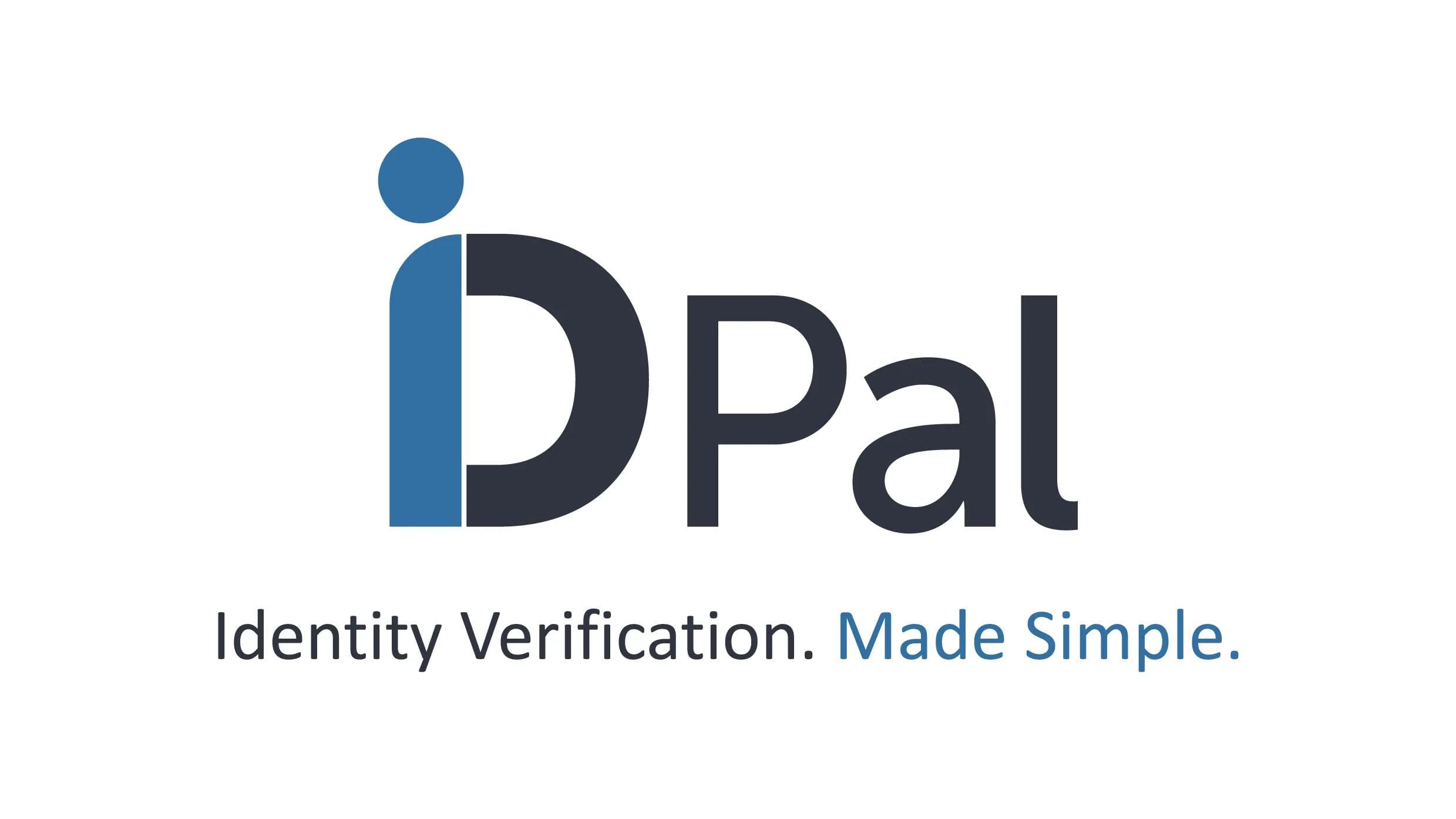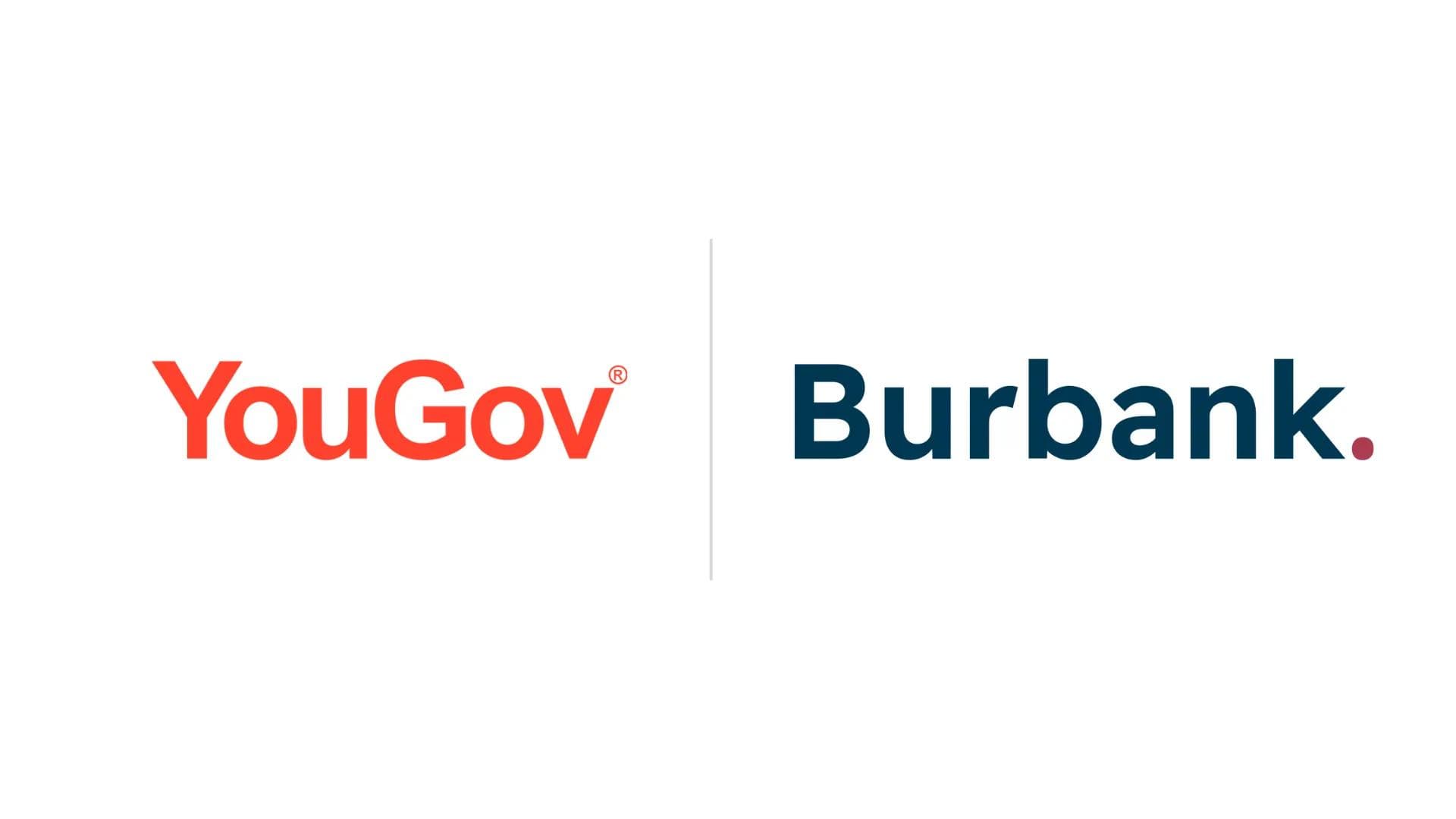Insurance Industry Trends 2025
Insurance Industry Trends 2025
Published by Jessica Weisman-Pitts
Posted on February 12, 2025

Published by Jessica Weisman-Pitts
Posted on February 12, 2025

Navigating the Future: Key Trends Shaping the Insurance Industry in 2025
The insurance industry stands at the cusp of a transformative era, driven by technological advancements, regulatory shifts, and evolving customer expectations. As 2025 unfolds, the insurance industry is experiencing transformative trends that are redefining the landscape, bringing both challenges and opportunities for insurers around the world.
The Impact of Natural Disasters
Natural disasters have become a formidable force, threatening the very fabric of insurance affordability and accessibility. With insured losses now exceeding $100 billion annually, the industry faces mounting pressure to adapt. Insurers are increasingly withdrawing from high-risk areas like California and Florida, leaving property owners to grapple with rising premiums and limited coverage options. This trend underscores the urgent need for innovative risk management strategies and collaborative efforts between insurers, governments, and communities to enhance resilience and mitigate the impact of climate change. More insights can be found at Markel's insights on top insurance trends.
The challenge lies in balancing risk with affordability. Insurers must explore new models of risk assessment and pricing that account for the increasing unpredictability of natural disasters. This may involve leveraging advanced technologies such as satellite imagery and predictive analytics to better understand and anticipate risks. Additionally, partnerships with government agencies and community organizations can help develop comprehensive disaster preparedness and response plans, ultimately reducing the financial burden on both insurers and policyholders.
Harnessing the Power of AI
The integration of AI into the insurance sector is revolutionizing the way insurers operate and interact with customers. Predictive and generative AI are being used to deliver hyper-personalized experiences, streamline operations, and proactively address potential issues. By leveraging AI, insurers can analyze vast amounts of data to identify patterns and trends, enabling them to offer tailored solutions that meet the unique needs of each customer. This technological leap is not merely about efficiency; it's about redefining the customer journey and building trust through transparency and tailored solutions. As AI continues to evolve, insurers must remain vigilant in addressing ethical concerns and ensuring that AI-driven decisions are fair and unbiased. For more on AI's role in insurance, visit International Insurance's technology predictions.
AI's potential extends beyond customer interactions. It can enhance underwriting processes, improve fraud detection, and optimize claims management. By automating routine tasks, AI frees up human resources to focus on complex decision-making and strategic planning. However, the adoption of AI also raises ethical questions about data privacy and algorithmic bias. Insurers must implement robust governance frameworks to ensure that AI applications are transparent, accountable, and aligned with ethical standards.
Operational Efficiencies and Automation
AI-driven automation is set to transform operational efficiencies, enabling insurers to reduce loss ratios and improve overall performance. Through proactive interventions such as education, guidance, alerts, and real-time responses, insurers can anticipate and address customer needs more effectively. This shift towards a smarter, more responsive insurance ecosystem is crucial for maintaining competitiveness in a rapidly evolving market. By automating routine tasks, insurers can free up resources to focus on strategic initiatives and innovation, ultimately enhancing the customer experience and driving growth. Explore more about these efficiencies at International Insurance's insights.
Automation is not just about cost reduction; it's about enhancing service quality and speed. Insurers can leverage automation to streamline claims processing, reduce errors, and improve customer satisfaction. Additionally, automation can facilitate regulatory compliance by ensuring that processes are consistent and transparent. As insurers embrace automation, they must also invest in upskilling their workforce to manage and optimize these new technologies.
Embracing Customer-Centric Experiences
The demand for customer-centric experiences is reshaping the insurance landscape, with embedded insurance emerging as a key trend. Projected to exceed $722 billion in premiums globally by 2030, embedded insurance involves bundling policies at the point of sale through partnerships with industries like automotive, retail, and real estate. This approach not only enhances convenience but also aligns with the growing consumer preference for seamless, integrated solutions. By embedding insurance into everyday transactions, insurers can increase accessibility, reduce friction, and create a more engaging customer experience. As this trend gains momentum, insurers must focus on building strong partnerships and leveraging technology to deliver value-added services that resonate with consumers. Deloitte provides further insights into this trend.
Embedded insurance represents a paradigm shift in distribution models. By integrating insurance into the purchase process of other products and services, insurers can reach customers at the moment of need, enhancing the relevance and appeal of their offerings. This model requires insurers to collaborate closely with partners across various industries, ensuring that insurance products are seamlessly integrated and add genuine value to the customer experience.
Regulatory Changes and Ethical Considerations
Recent regulatory updates aim to bolster transparency and investor confidence, providing more robust strategies for assessing progress. Proactive oversight is essential to address ethical concerns and biases in AI, ensuring that technological advancements align with societal values and expectations. As the industry navigates this complex landscape, collaboration between regulators, insurers, and technology providers will be key to fostering innovation while safeguarding consumer interests. Insurers must also prioritize data privacy and security, ensuring that customer information is protected and used responsibly. For more on regulatory changes, visit International Insurance's technology predictions.
Regulatory changes are not just about compliance; they are about building trust and credibility in the industry. Insurers must engage with regulators to shape policies that support innovation while protecting consumer rights. This involves adopting best practices in data governance, transparency, and accountability. By demonstrating a commitment to ethical standards, insurers can enhance their reputation and foster long-term customer loyalty.
Global Outlook and Market Dynamics
Insurers' return on equity is expected to improve to about 10.7% in 2025, with insurance premiums estimated to grow by 3.3% in 2024. Advanced markets are contributing 75% of the expansion in premium volumes, while the combined ratio for the non-life sector is expected to reduce to 98.5% in both 2024 and 2025. These figures underscore the industry's resilience and adaptability in the face of economic fluctuations and shifting consumer demands. As insurers navigate this dynamic environment, they must remain agile and responsive to emerging trends, leveraging technology and innovation to drive growth and profitability. Deloitte's industry outlook provides more details on these dynamics.
The global insurance landscape is characterized by both opportunities and challenges. While mature markets offer stability and growth, emerging markets present untapped potential. Insurers must balance their portfolios to capitalize on growth opportunities while managing risks. This requires a deep understanding of local market dynamics, consumer behavior, and regulatory environments.
Emerging Risks and Opportunities
The industry is expected to benefit from deceleration in claims costs due to lower inflation. Emerging risks and changing customer expectations present numerous growth prospects for non-life insurance carriers in 2025. For example, the potential for AI-related insurance premiums to generate approximately $4.7 billion annually by 2032. As insurers explore these opportunities, they must remain agile and responsive to the dynamic landscape of risks and consumer preferences. By embracing innovation and expanding their offerings, insurers can capture new markets and enhance their competitive position. More on these opportunities can be found at Deloitte's industry outlook.
Emerging risks such as cyber threats, climate change, and geopolitical tensions require insurers to develop new products and services that address these challenges. This involves investing in research and development, collaborating with technology partners, and engaging with stakeholders to understand evolving risk landscapes. By proactively addressing emerging risks, insurers can differentiate themselves and create value for customers.
Innovation and Growth in Emerging Markets
The industry is poised for sustained, profitable growth as carriers innovate, expand coverage, and increase relevance. Opportunities for growth are emerging in Latin America and Asia, driven by favorable macroeconomic indicators and an aging global population. By tapping into these markets, insurers can diversify their portfolios, enhance their global footprint, and capitalize on the burgeoning demand for insurance solutions. As they expand into new regions, insurers must tailor their strategies to local market conditions, leveraging technology and partnerships to deliver value-added services that meet the unique needs of each market. McKinsey's Global Insurance Report 2025: The pursuit of growth offers further insights into these growth opportunities.
Emerging markets offer a fertile ground for innovation and growth. Insurers must adopt a customer-centric approach, understanding the unique needs and preferences of local consumers. This involves developing culturally relevant products, leveraging digital channels to reach underserved populations, and building trust through transparent and ethical practices. By embracing these strategies, insurers can unlock new revenue streams and strengthen their competitive position in the global market.
Explore more articles in the Top Stories category











